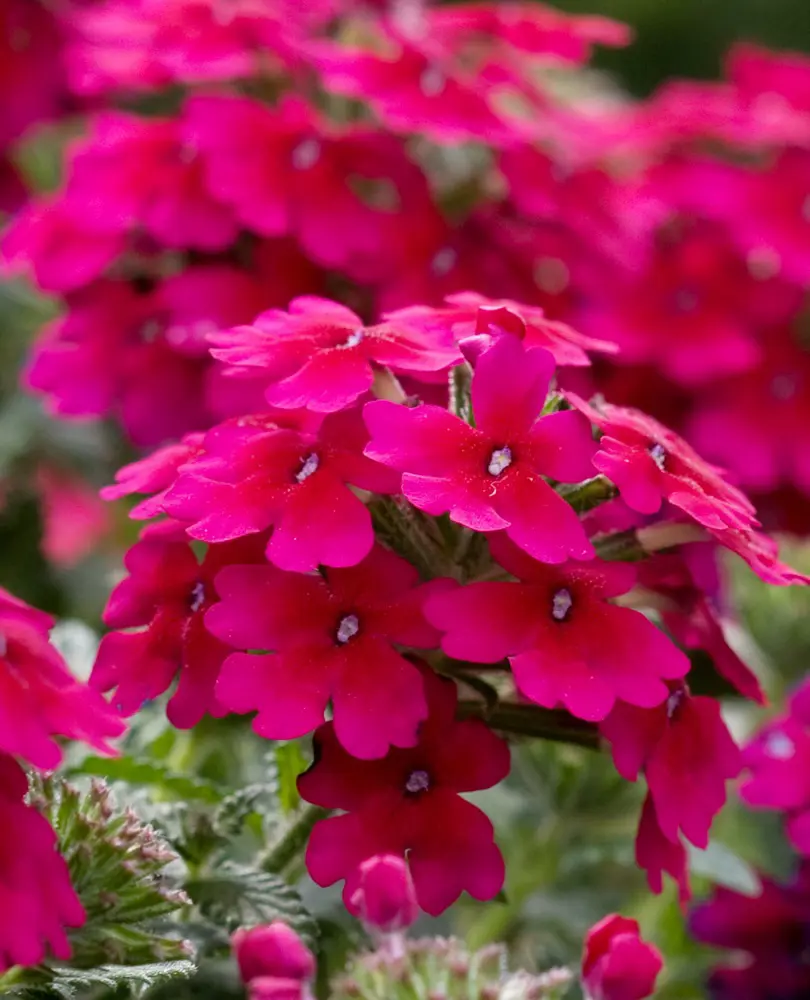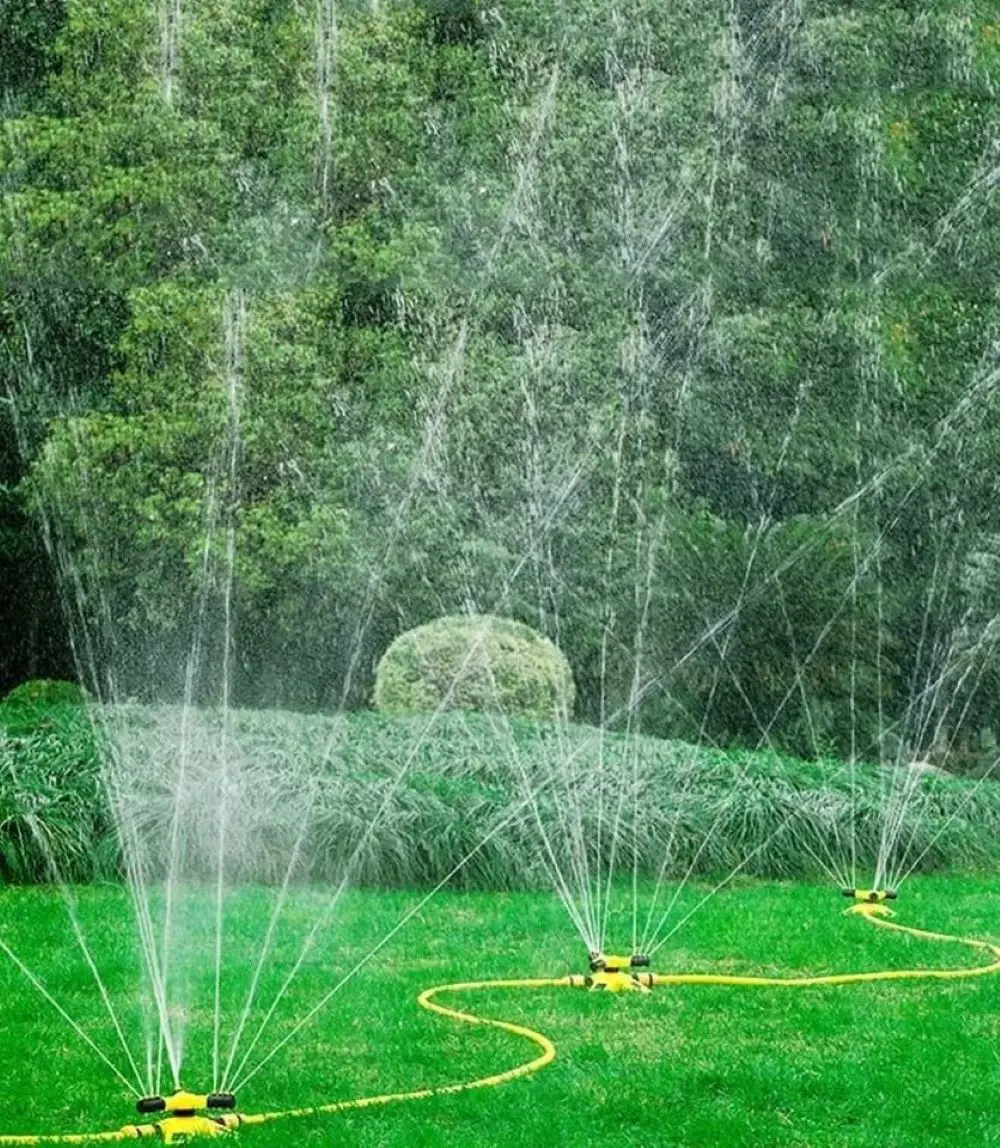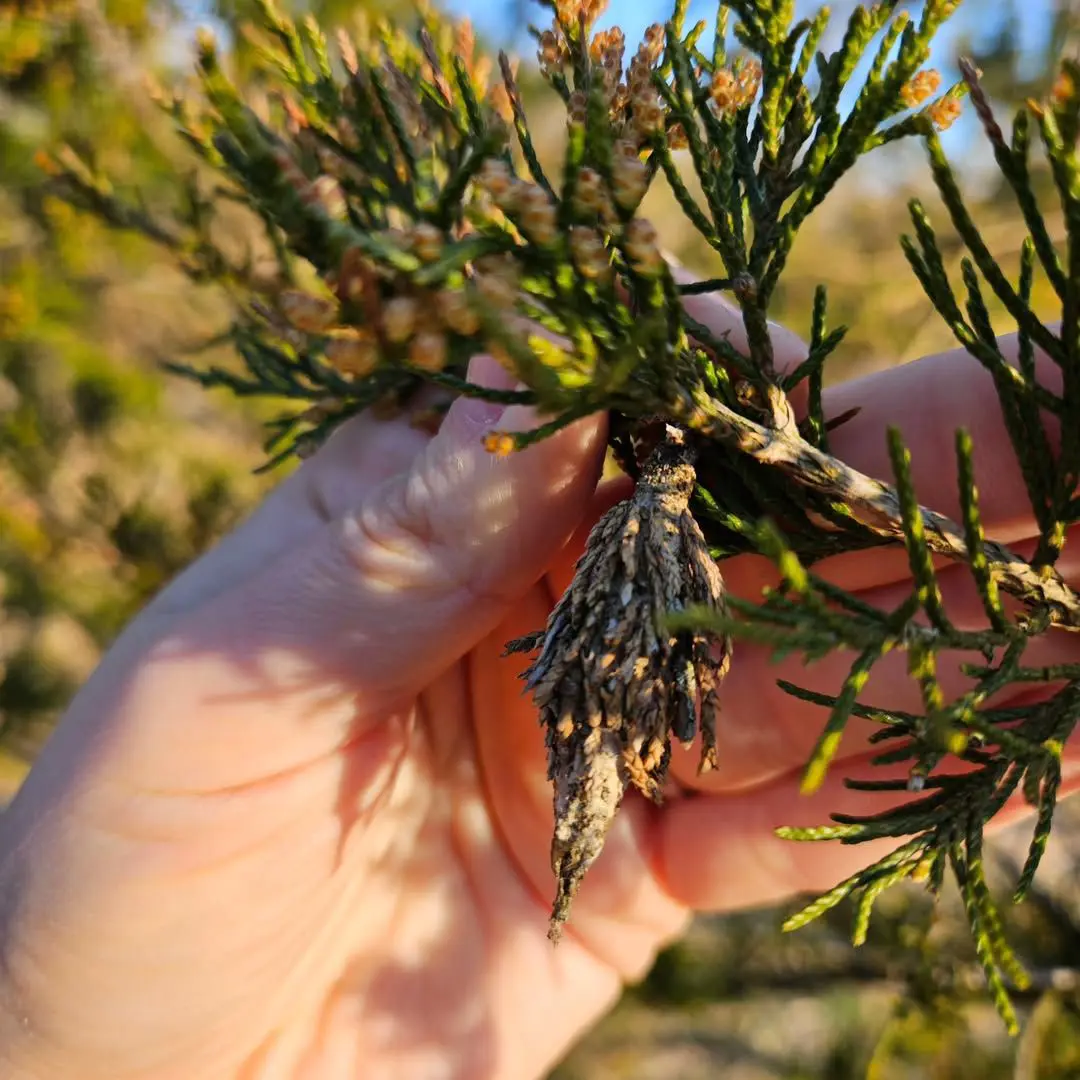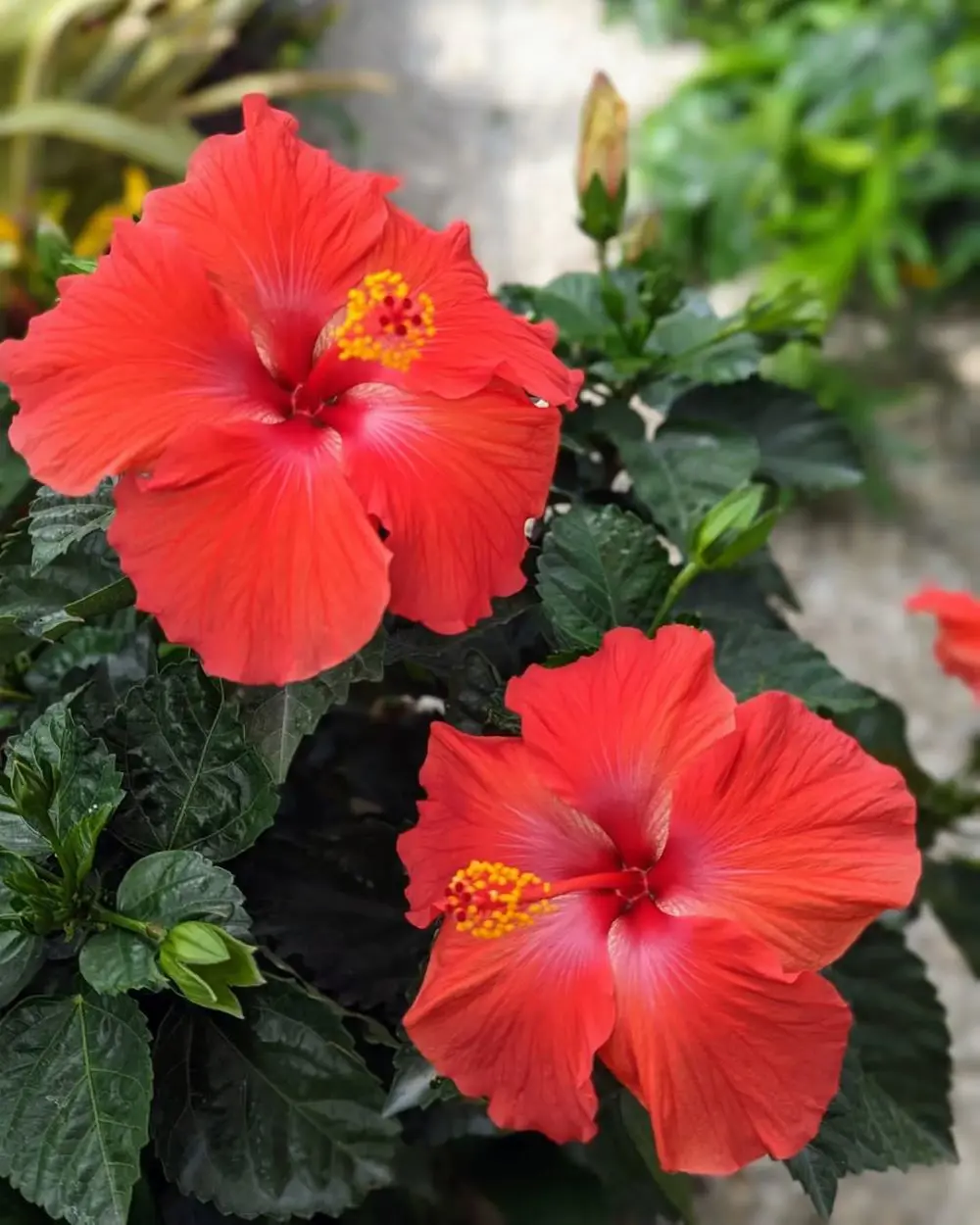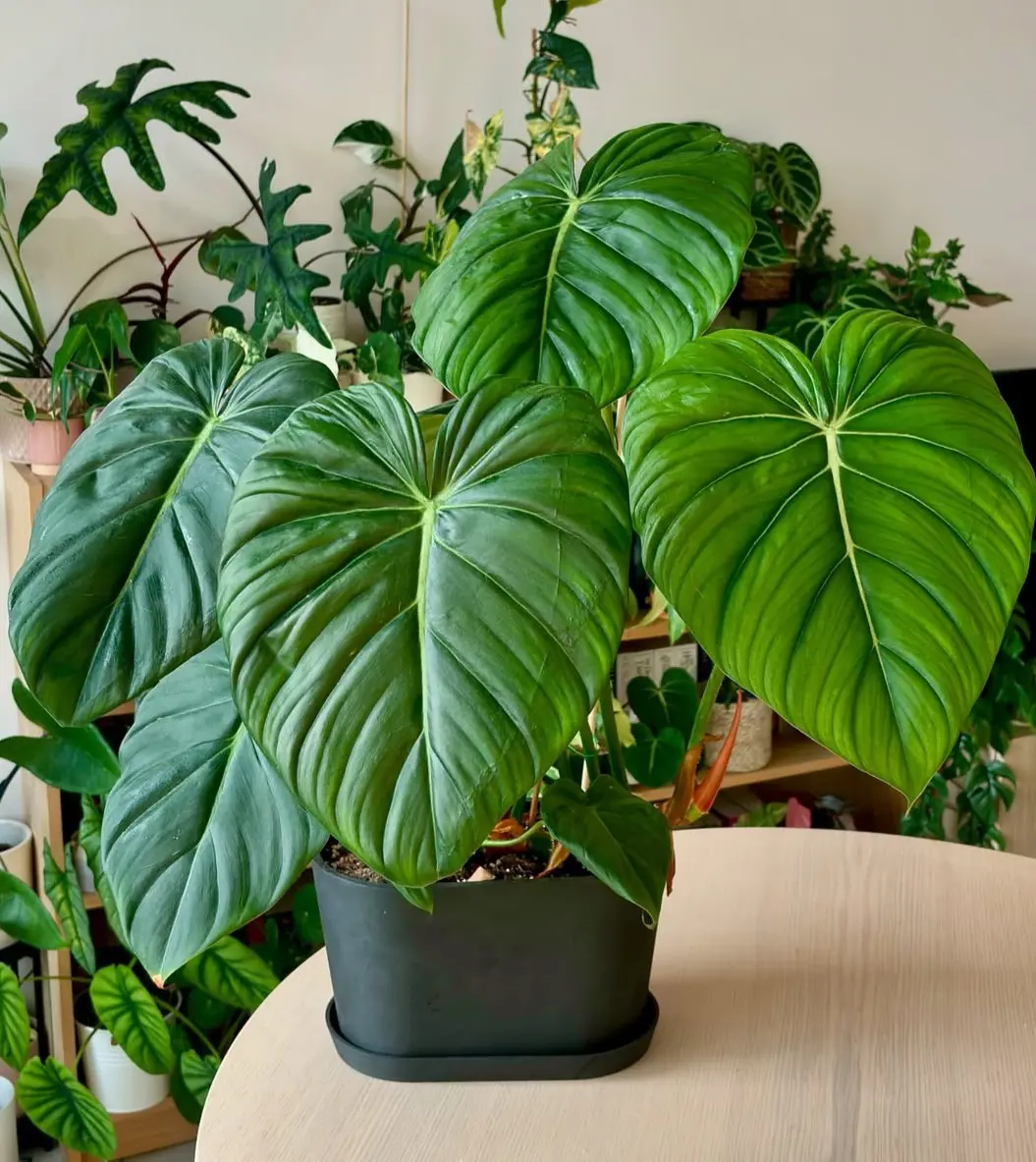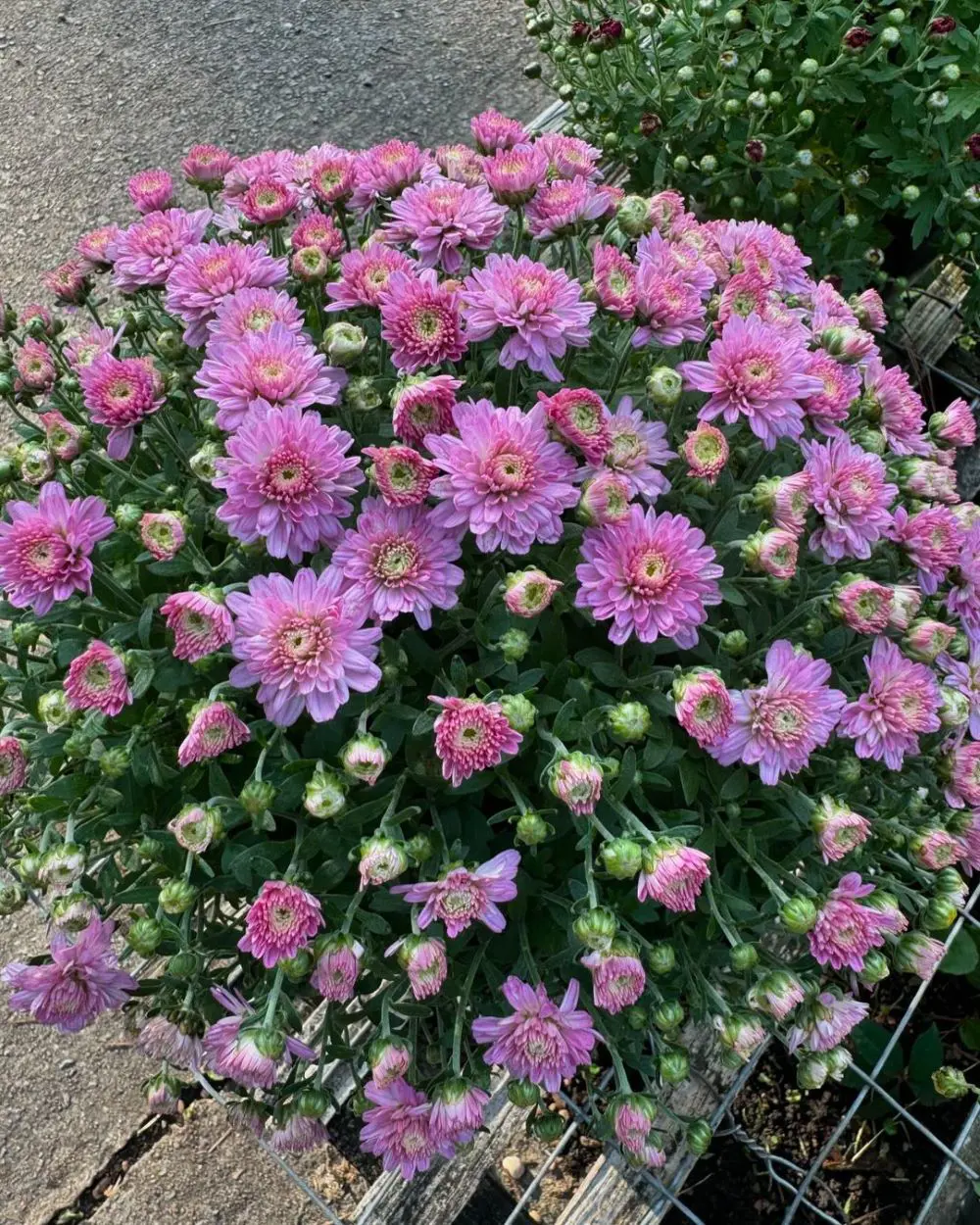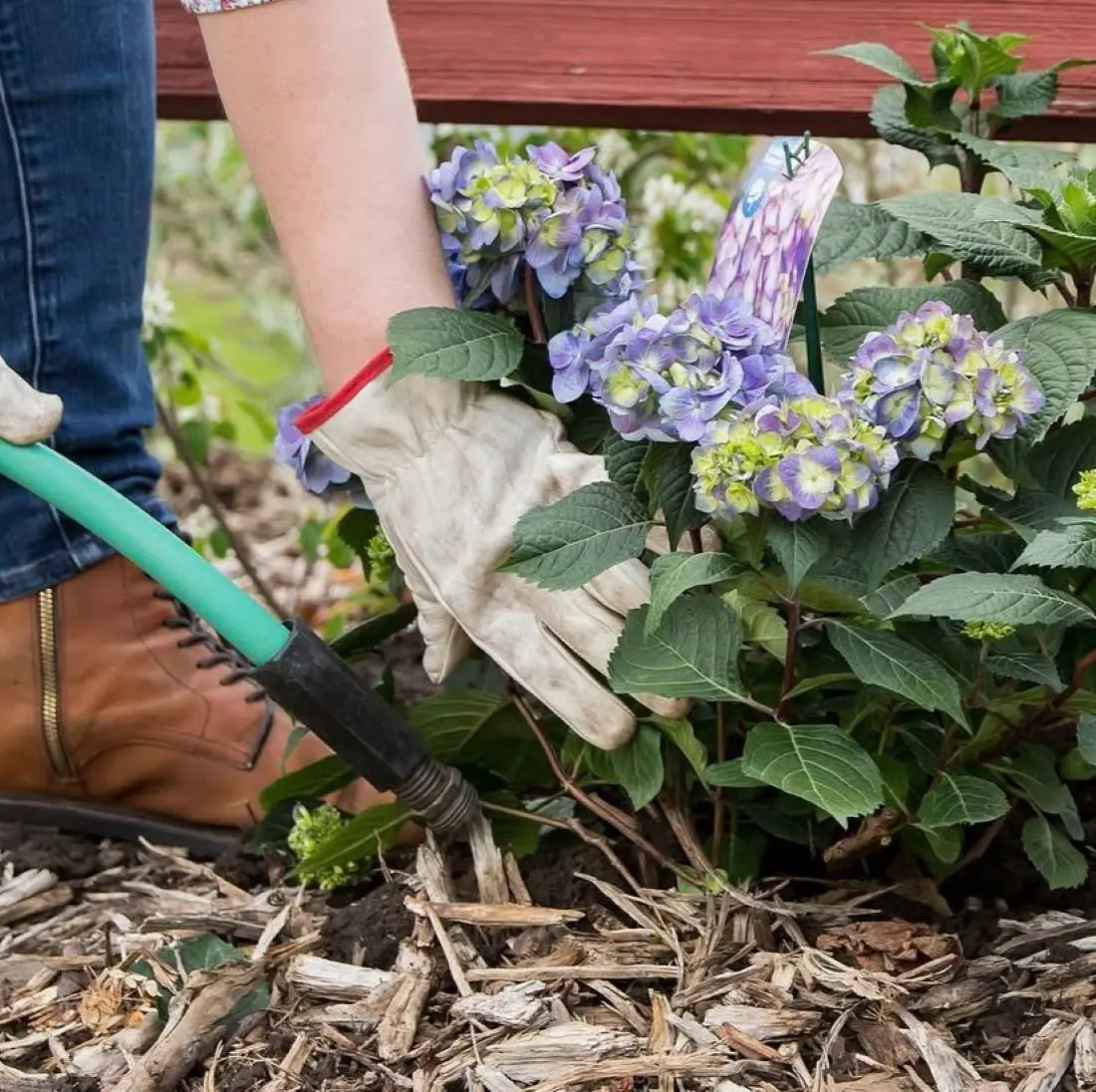Verbena flowers are a gardener's delight, known for their vibrant colors, resilience, and versatility. These perennial and annual blooms are a favorite for both pots and garden beds, offering a long blooming season that can last from spring through late fall.
Whether you are a seasoned gardener or a novice, this comprehensive guide will help you understand how to grow, plant, and care for verbena flowers.
Additionally, we'll explore the unique attributes of lemon verbena, propagation techniques, common problems, and popular cultivars and species.
How to Grow Verbena?
Verbena is a genus of flowering plants in the family Verbenaceae, consisting of about 250 different species. They thrive in sunny locations with well-drained soil and require minimal maintenance once established.
Ideal Growing Conditions
- Light Requirements: Verbena plants love full sun. They need at least 6 to 8 hours of direct sunlight daily to bloom profusely.
- Soil Preferences: Well-drained soil is crucial for verbena. They prefer slightly alkaline soil but can tolerate a range of soil types as long as there is good drainage.
- Watering Needs: While verbena is drought-tolerant once established, regular watering is essential during the initial growth phase and prolonged dry periods. Avoid waterlogging, as this can lead to root rot.
- Temperature and Humidity: Verbena thrives in warm climates and can tolerate high temperatures. In cooler climates, they are often grown as annuals.
Planting Time
The best time to plant verbena is in the spring, after the danger of frost has passed. In warmer regions, they can also be planted in the fall.
Growing from Seeds
Growing verbena from seeds is a cost-effective method. Start seeds indoors 8 to 10 weeks before the last frost date. Sow the seeds on the surface of the soil and press them down lightly. Keep the soil moist and provide plenty of light. Transplant the seedlings outdoors once they are 2 to 3 inches tall and the weather is consistently warm.
Growing from Cuttings
Verbena can also be propagated from cuttings. Take 3- to 4-inch cuttings from healthy plants, remove the lower leaves, and dip the cut end in rooting hormone. Plant the cuttings in a mixture of peat and perlite, keeping them moist until roots develop.
How to Plant Verbena
Planting verbena involves choosing the right location, preparing the soil, and ensuring proper spacing for healthy growth.
Selecting the Right Location
Choose a sunny spot with well-drained soil. Verbena can be grown in garden beds, borders, or containers. If planting in a garden, ensure the area is free from competing weeds.
Soil Preparation
Amend the soil with organic matter such as compost to improve drainage and fertility. Verbena prefers slightly alkaline soil, so a soil test can help determine if lime needs to be added.
Planting Steps
- Digging the Hole: Dig a hole twice the width of the root ball and just as deep.
- Planting: Place the plant in the hole, ensuring the top of the root ball is level with the soil surface.
- Filling the Hole: Backfill with soil, firming it gently around the roots.
- Watering: Water thoroughly after planting to settle the soil and eliminate air pockets.
- Mulching: Apply a layer of mulch around the plant to conserve moisture and suppress weeds.
Spacing
Space verbena plants 12 to 18 inches apart to allow for adequate air circulation and prevent disease.
Verbena Care in Pots and Gardens
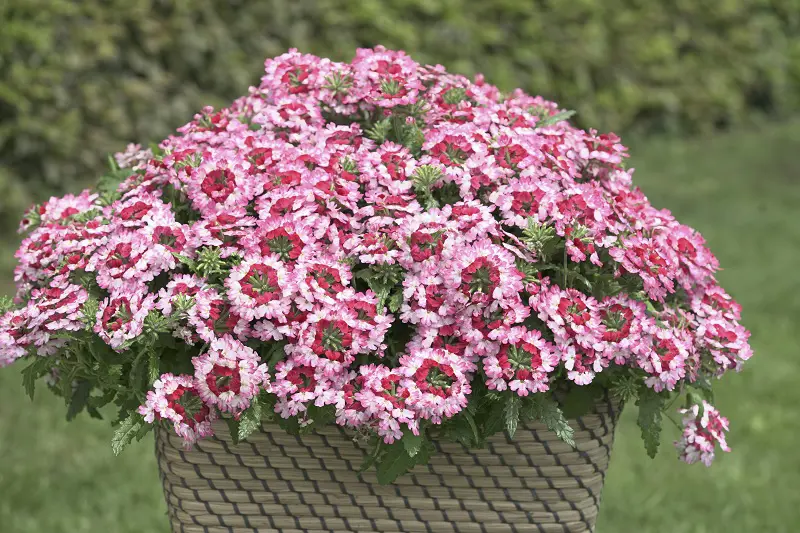
Verbena is a versatile plant that can thrive in both garden beds and containers. Proper care ensures vibrant blooms and healthy growth.
Garden Care
- Watering: Water deeply but infrequently, allowing the soil to dry out between waterings. Avoid overhead watering to prevent fungal diseases.
- Fertilizing: Apply a balanced, slow-release fertilizer in the spring and mid-summer. Too much nitrogen can lead to lush foliage but fewer flowers.
- Pruning and Deadheading: Regularly deadhead spent flowers to encourage continuous blooming. Prune leggy stems to maintain a bushy shape.
- Pest and Disease Control: Keep an eye out for common pests such as aphids, spider mites, and whiteflies. Use insecticidal soap or neem oil to treat infestations. Ensure good air circulation to prevent fungal diseases.
Container Care
- Choosing Containers: Select containers with drainage holes to prevent waterlogging.
- Soil Mix: Use a well-draining potting mix, preferably with added perlite or sand.
- Watering: Container plants may need more frequent watering than those in the ground. Water when the top inch of soil feels dry.
- Fertilizing: Use a balanced liquid fertilizer every 4 to 6 weeks during the growing season.
- Placement: Place containers in a location that receives full sun for most of the day.
Propagating Verbena
Verbena can be propagated by seeds, cuttings, or division. Each method has its advantages and can help you expand your garden.
Propagation by Seeds
- Sowing Indoors: Start seeds indoors 8 to 10 weeks before the last frost date. Use a seed-starting mix and provide plenty of light.
- Transplanting: Transplant seedlings outdoors when they are 2 to 3 inches tall and the weather is warm.
- Direct Sowing: In warmer climates, seeds can be sown directly in the garden after the last frost.
Propagation by Cuttings
- Taking Cuttings: Take 3- to 4-inch cuttings from healthy plants in late spring or early summer.
- Preparing Cuttings: Remove the lower leaves and dip the cut end in rooting hormone.
- Planting: Plant the cuttings in a mixture of peat and perlite, keeping them moist until roots develop.
- Transplanting: Once rooted, transplant the cuttings to their final location.
Propagation by Division
- Dividing Plants: In the spring or fall, dig up mature verbena plants and divide them into smaller sections, each with a portion of the root system.
- Replanting: Replant the divisions immediately, spacing them 12 to 18 inches apart.
Verbena Problems
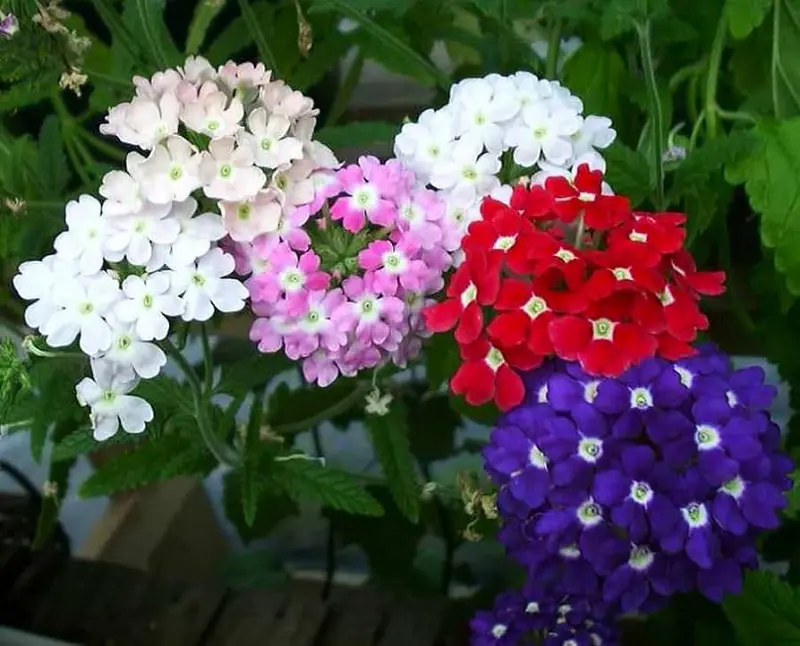
While verbena is generally easy to grow, it can encounter a few problems. Identifying and addressing these issues promptly can help maintain healthy plants.
Pests
- Aphids: These small, sap-sucking insects can cause distorted growth and sticky residue. Control with insecticidal soap or neem oil.
- Spider Mites: These tiny pests cause stippling and webbing on leaves. Increase humidity and use miticides if necessary.
- Whiteflies: These insects cause yellowing and leaf drop. Control with yellow sticky traps and insecticidal soap.
Diseases
- Powdery Mildew: A fungal disease that causes a white, powdery coating on leaves. Improve air circulation and apply fungicides as needed.
- Root Rot: Caused by waterlogged soil. Ensure proper drainage and avoid overwatering.
- Botrytis Blight: A fungal disease that causes gray mold on flowers and leaves. Remove affected parts and use fungicides if needed.
Cultural Problems
- Leggy Growth: Caused by insufficient light or overcrowding. Ensure full sun and proper spacing.
- Poor Blooming: May result from lack of sunlight, poor soil, or excessive nitrogen. Adjust growing conditions accordingly.
Verbena Cultivars, Varieties, and Species
Verbena offers a diverse range of species and cultivars, each with unique characteristics and appeal. Here are some popular options:
Perennial Verbenas
- Verbena bonariensis (Tall Verbena): Known for its tall, airy stems and clusters of purple flowers. It attracts butterflies and is drought-tolerant.
- Verbena rigida (Slender Vervain): Features bright purple flowers on low-growing plants. It is heat and drought-tolerant, making it ideal for hot climates.
- Verbena canadensis (Rose Vervain): A low-growing, spreading plant with pink to purple flowers. It is excellent for ground cover and rock gardens.
Annual Verbenas
- Verbena x hybrida (Garden Verbena): A hybrid variety available in a wide range of colors, including red, pink, purple, and white. It is commonly grown as an annual.
- Verbena hastata (Blue Vervain): Produces spikes of blue to purple flowers and is native to North America. It thrives in moist, well-drained soil.
Notable Cultivars
- ‘Homestead Purple’: A vigorous, low-growing cultivar with deep purple flowers. It is highly resistant to heat and drought.
- ‘Tapien’ Series: Known for its spreading habit and vibrant flower colors, including pink, lavender, and purple.
- ‘Imagination’: Features lavender-blue flowers and a spreading growth habit. It is ideal for hanging baskets and borders.
Lemon Verbena
- Aloysia citrodora: A fragrant herb with lemon-scented leaves. It is not typically grown for its flowers but for its aromatic foliage.
What is Lemon Verbena?
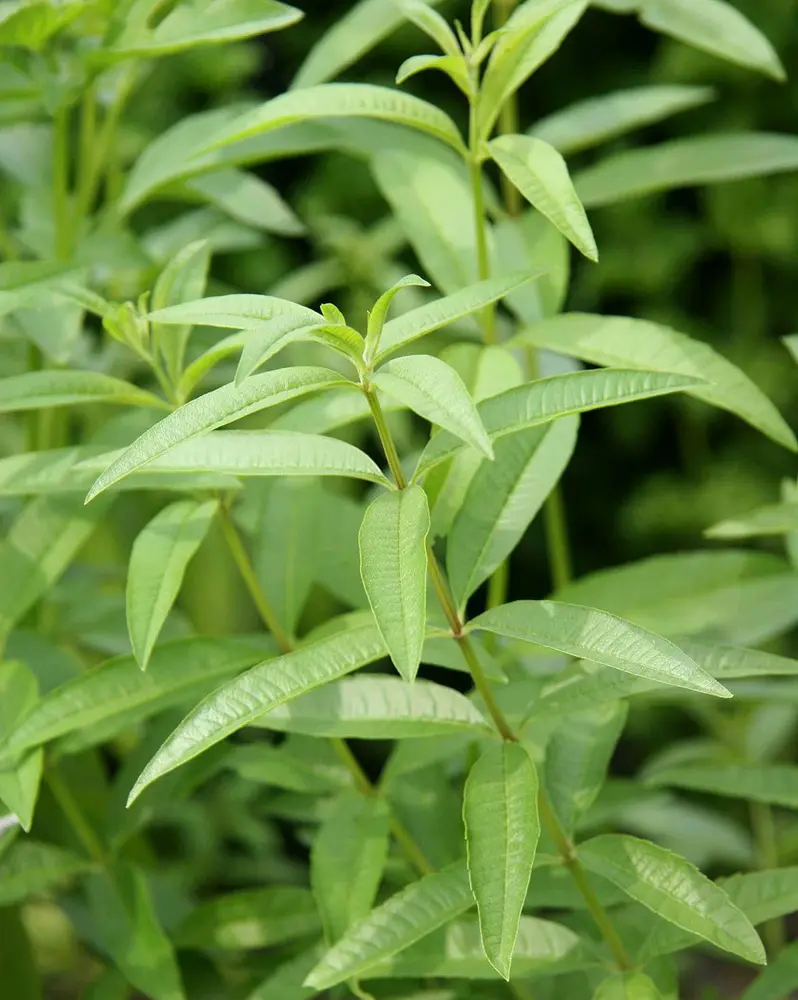
Lemon verbena (Aloysia citrodora) is a fragrant herb known for its lemon-scented leaves. Unlike other verbenas, lemon verbena is prized more for its culinary and aromatic uses than its flowers.
Characteristics
- Appearance: Lemon verbena has long, lance-shaped leaves and small white or lavender flowers.
- Aroma: The leaves emit a strong lemon fragrance when crushed.
- Growth Habit: It is a woody shrub that can grow up to 6 feet tall in warm climates.
Uses
- Culinary: Lemon verbena leaves are used to flavor teas, desserts, and savory dishes.
- Medicinal: It has been used in traditional medicine to treat digestive issues, insomnia, and anxiety.
- Aromatic: The leaves can be used in potpourris, sachets, and essential oil production.
Growing Lemon Verbena
- Location: Plant in a sunny location with well-drained soil.
- Watering: Water regularly, especially during dry periods, but avoid overwatering.
- Pruning: Prune regularly to maintain shape and encourage bushy growth.
- Winter Care: In colder climates, lemon verbena can be grown in pots and brought indoors during the winter.
Finally, verbena flowers are a versatile and rewarding addition to any garden. With their vibrant blooms, ease of care, and adaptability, they are suitable for both novice and experienced gardeners.
By understanding their growing requirements, planting techniques, and common problems, you can enjoy a stunning display of verbena flowers throughout the growing season.
Whether you choose to grow perennial varieties in your garden beds or annual hybrids in containers, verbena will undoubtedly enhance the beauty of your outdoor space. Additionally, the unique lemon verbena offers a delightful fragrance and culinary uses, making it a valuable herb to include in your garden. Happy gardening!
